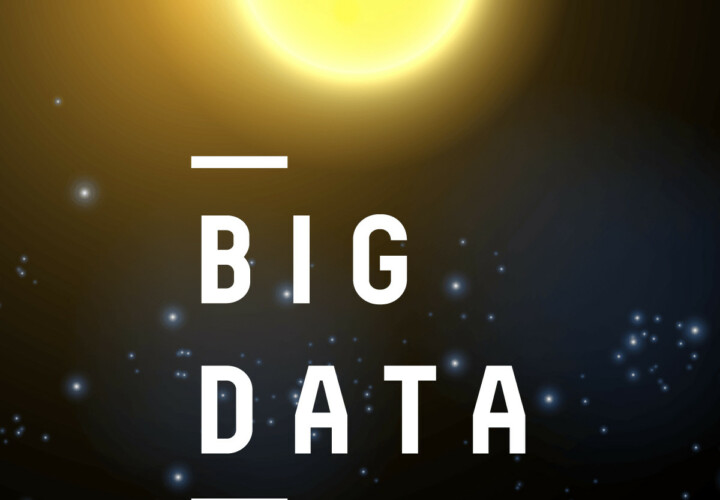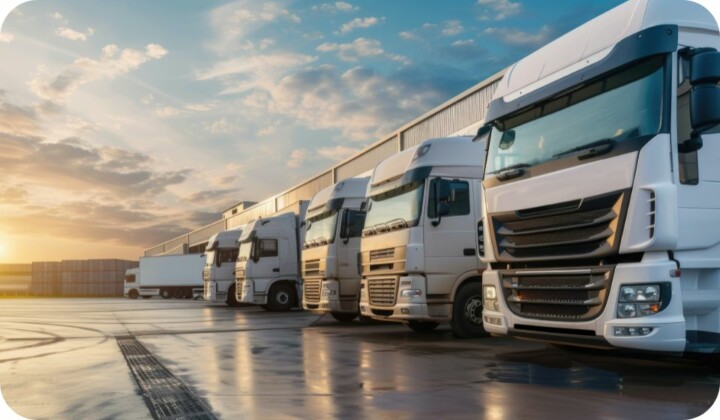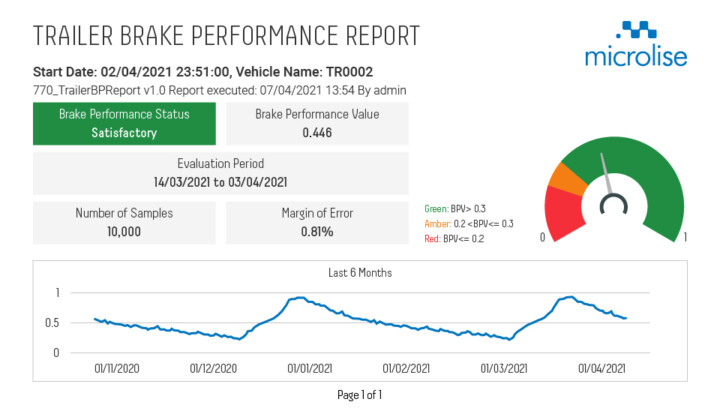
Microlise now captures seven billion miles worth of driving data every year in the UK. Whilst customers use this data within their own systems to drive forward efficiencies around safe and economic driving, journey management and electronic proof of delivery, the capacity for Microlise to be able to do something with these large volumes of anonymised data is significant.
Opportunities are presenting themselves in a number of areas. For example, safe and economical driving, allowing our customers both within their traditional reporting environment, but also on a wider basis, allowing them to understand how their performance compares on an anonymous basis, with their peers.
Predicting Unforeseen Risk
In a similar vein Big Data enables us to identify by operation type, vehicle type, time of day, time of year and weather risk areas, presents a big opportunity. It enables customers to see areas of harsh braking, speeding and harsh cornering and we are now starting to share this information with external agencies to help them understand how risk factors correlate with black spot areas and the likes.
Reducing Congestion
Microlise’s Big Data allows partners to carry out flow rate analysis to understand how traffic impacts upon logistics operations – particularly in urban and city centres. At the Microlise Transport Conference, we heard from Transport for London on how they want to match traffic frequency to road capacity. Having high resolution Big Data available for analysis will help organisations like this to achieve their plan, ultimately delivering better support to logistics operations. Other areas where we are capturing data that will benefit from Big Data includes planned versus actual analysis, helping us to understand the factors causing the biggest impact on deviations from planned routes.
Improving Vehicle Health
We now also capture an unrivaled amount of data from the vehicle in relation to engine health. This includes temperature levels, pressures, wall diagnostic trouble codes as well as tell tales from the FMS-3 standard. This latter information can be used by operators to remotely understand when and if a vehicle is developing a fault. From a Big Data perspective, we also have an excellent opportunity with our OEM partners and their tier 1 suppliers to start using this information, linked to service records, to provide better levels of predictive analytics. We are now working with our OEM partners in this regard.
So in summary, Big Data is not an over-hyped pipe dream. We are seeing the use cases for it now and though I have focused on three applications here, there are hundreds more exciting uses.




